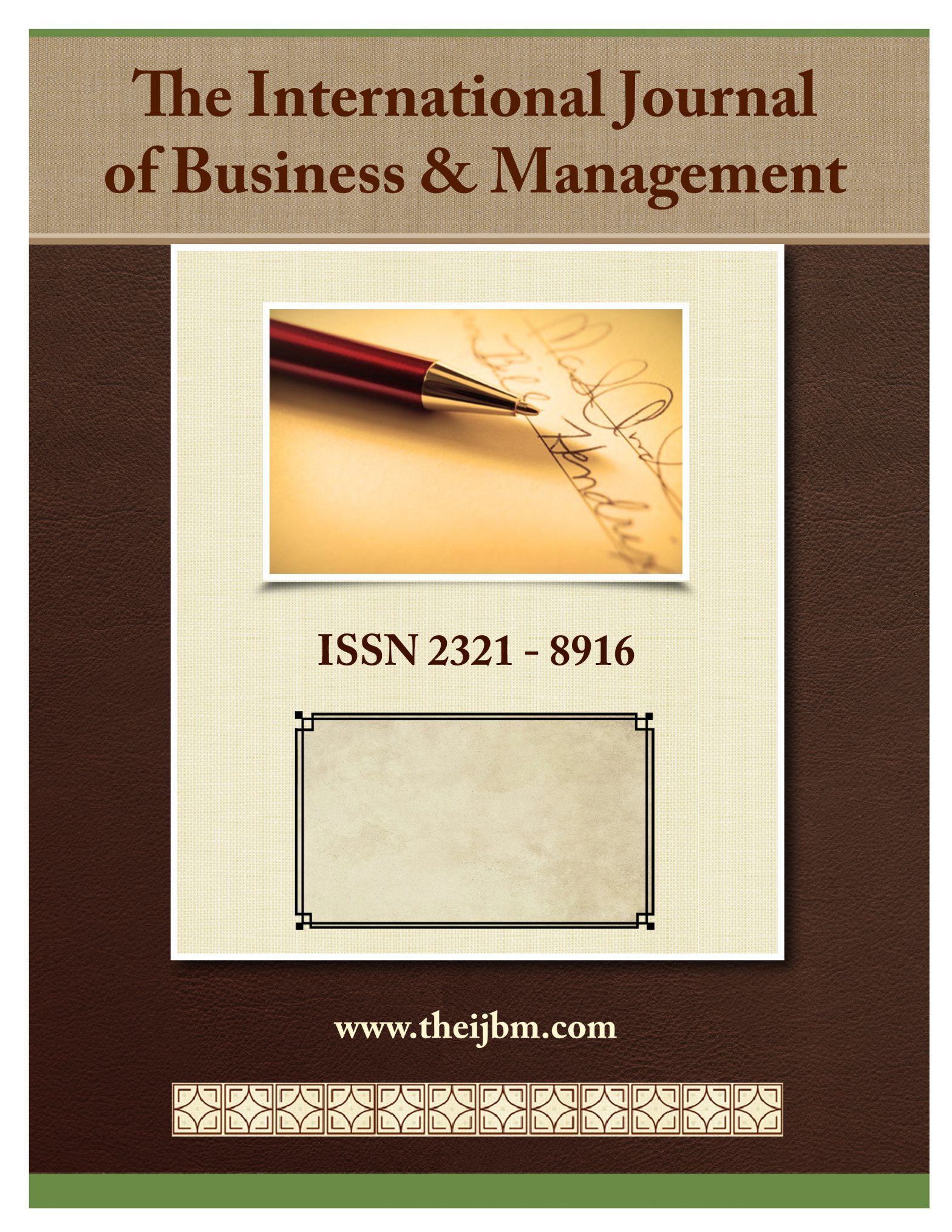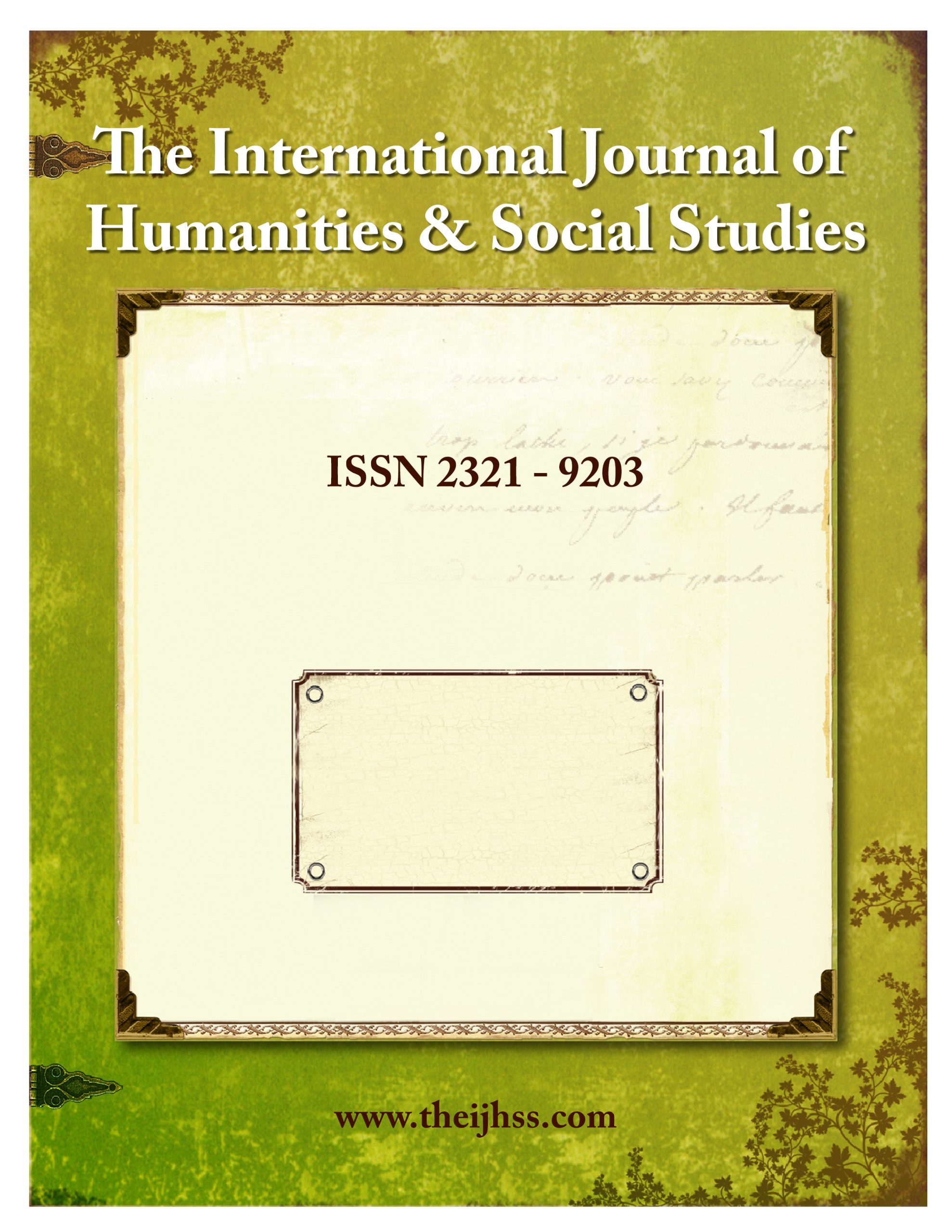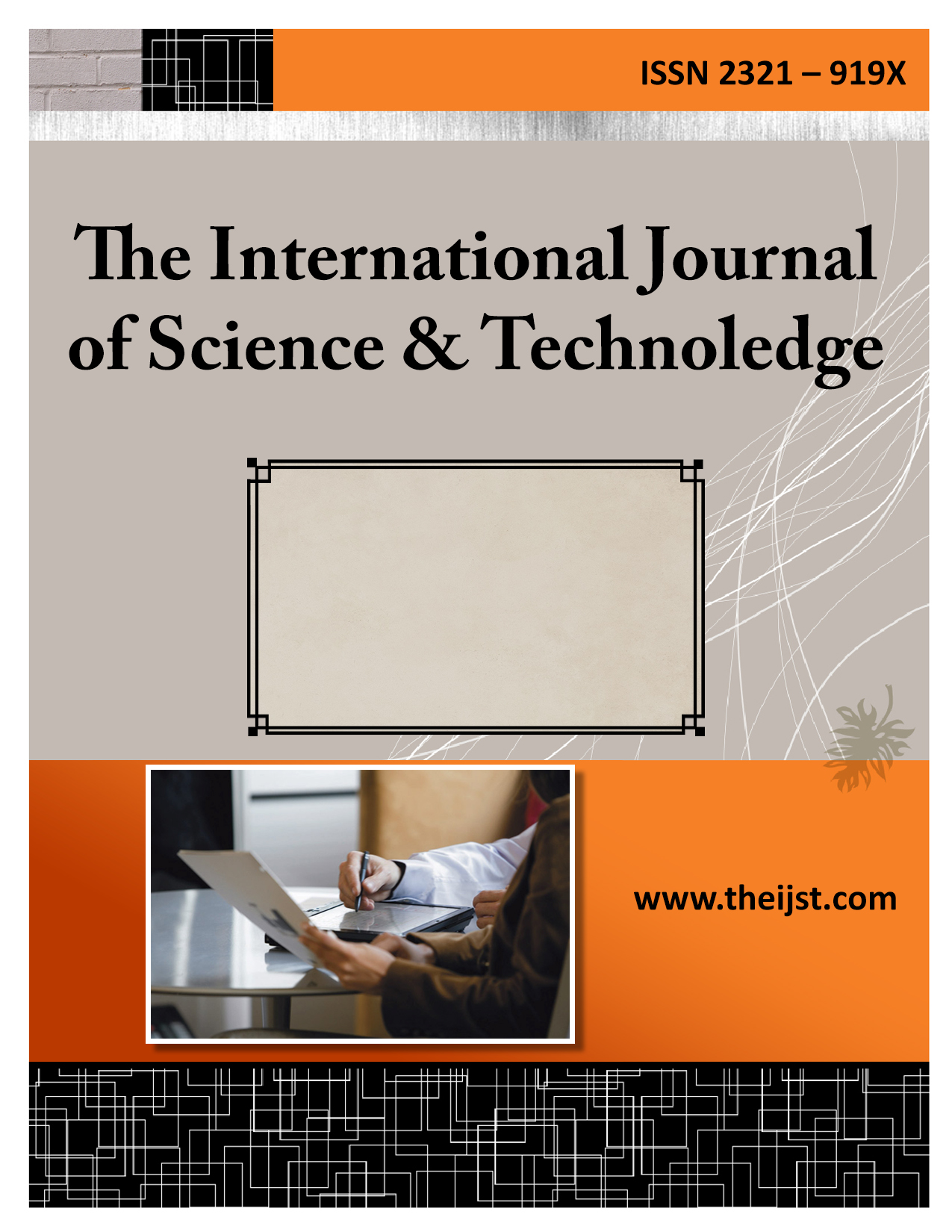Academic publishing plays a crucial role in the dissemination of knowledge and the advancement of research. However, as the academic landscape evolves, safeguarding copyright has become more challenging yet essential. This blog explores five key considerations to ensure the protection of intellectual property in academic publishing.
- Understanding Copyright Basics: Before delving into the nuances of safeguarding copyright, it’s crucial to grasp the basics of copyright law. Copyright grants exclusive rights to authors, protecting their original works from unauthorised use. In academic publishing, this includes written works, research papers, journal call for papers, illustrations, and more. Understanding the scope and duration of copyright protection is fundamental to navigating the complex world of intellectual property.
- Licensing and Permissions: Authors and publishers must establish clear licensing agreements to regulate the use of academic content. Choosing the appropriate licence is vital—some authors opt for open-access licences to promote widespread dissemination, while others may prefer more restrictive licences to control usage. Clearly, stipulating terms and conditions in publishing agreements helps prevent copyright infringement and ensures that authors retain control over their work.
- Plagiarism Detection and Prevention: Plagiarism poses a significant threat to academic integrity and copyright protection. Authors, editors, and publishers should invest in reliable plagiarism detection tools to identify and address any instances of unauthorised use of content. Implementing stringent editorial policies and ethical guidelines can act as a deterrent, fostering a culture of academic honesty and protecting the rights of content creators.
- Digital Rights Management (DRM): In the digital age, where information is easily replicable, implementing robust Digital Rights Management (DRM) measures is imperative. DRM technologies can control access, restrict copying, and limit printing of digital content, providing an additional layer of protection against unauthorised distribution. While striking a balance between accessibility and security is key, DRM technologies help mitigate the risks associated with digital piracy.
- Stay Informed about International Copyright Laws: Academic publishing often involves collaborations and contributions from researchers worldwide. To safeguard copyright on a global scale, it’s essential to stay informed about international copyright laws. Different countries may have distinct regulations, and understanding the legal landscape ensures that authors and publishers can enforce their rights across borders. Engaging legal professionals with expertise in intellectual property law can provide valuable insights and guidance.
Safeguarding copyright in academic publishing requires a multifaceted approach that encompasses legal understanding, licensing agreements, plagiarism prevention, digital rights management, and awareness of international laws. By addressing these key considerations, authors and publishers can protect the intellectual property of academic works, fostering a climate of innovation, collaboration, and responsible dissemination of knowledge. As the academic publishing landscape continues to evolve, staying vigilant and proactive in copyright protection will be paramount to maintaining the integrity of scholarly communication.










